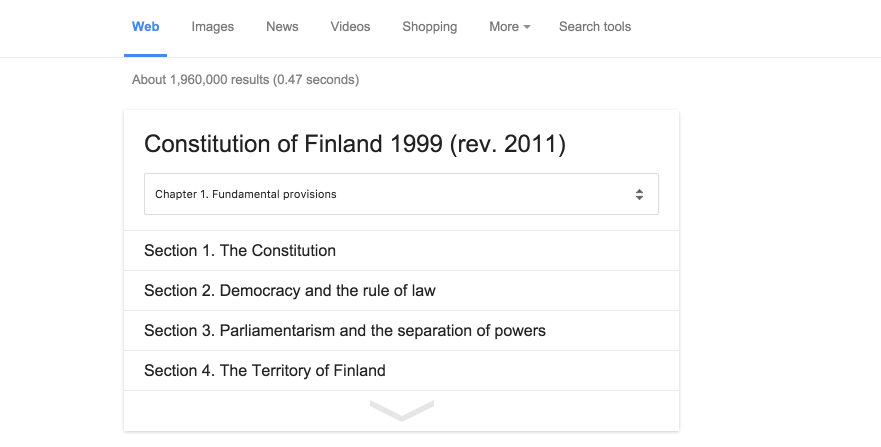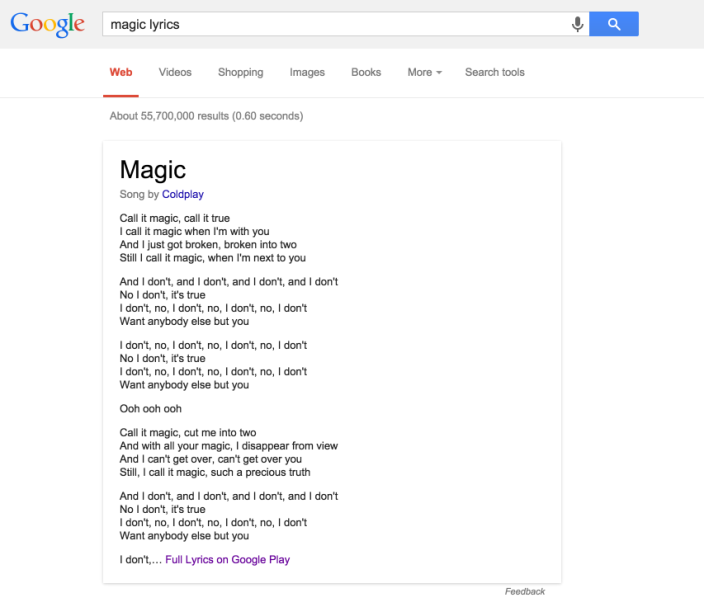
The constitutions of 13 countries now show up as Knowledge Graph results
Google is always expanding the information it offers at the top of search results, with the goal being to keep users within Google itself — no longer needing to navigate to external websites. Today, the Mountain View company has announced that it is adding constitutions from 13 different countries to the top of your search results page…
According to Google’s Inside Search blog:
The Constitute Project helps people access, compare and analyze the world’s constitutions. Now we’re adding more of this content to our search results, so you can find the full text for the United States Constitution—or constitutions from 12 other countries—right at the top of your search results page. To try it out, type (or say) “constitution” into Google Search or the Google App and a box will pop up with the Preamble for the United States Constitution and a drop-down menu where you can see all of the accompanying articles and amendments.
The new feature comes in partnership with the Constitute Project, a group that hopes to give people more access to world constitutions. Of course, the United States constitutions is one of the many you’ll be able to access. Besides the US, there’s Afghanistan, Bhutan, Estonia, Finland, France, Iceland, Japan, Laos, Latvia, Micronesia, Norway and Ukraine.
Just head over to Google and search for “constitution of [your country]” and you’ll be given many drop down menus that let you get a full glimpse of these documents. Of course, Google says that it is looking into adding more countries in the future.





